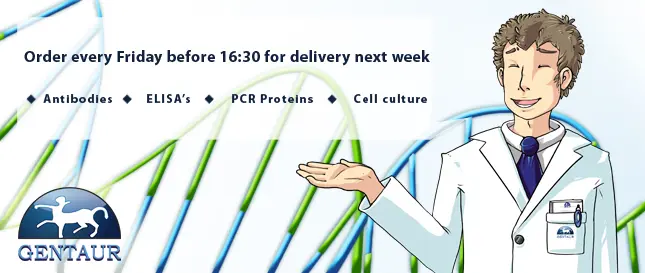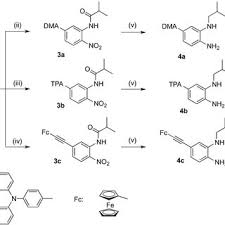In every research lab, there's a silent stockpile—boxes of unopened reagents, precision instruments barely used, and consumables that never made it into a protocol. Whether the result of completed trials, grant shifts, or company downsizing, valuable supplies often go untouched. But today, these materials are gaining a second life through the growing network of lab supply redistribution.
From academic institutes to biotech startups, the reuse of high-quality, unused consumables offers a smarter way to stretch research budgets and reduce waste—all while fueling scientific discovery.
⚙️ High-End Equipment That Still Has Value
Advanced tools like the Qubit Fluorometer and fluorescence meter are critical for DNA, RNA, and protein quantification. They're used daily in labs handling everything from Cas9 NLS-driven genome editing to miR-100 profiling in cancer cell lines. Likewise, the MoFlo XDP remains one of the most powerful high-speed flow cytometry systems, perfect for sorting rare cells stained with fluorochrome PE, FITC PE, or Streptavidin Cy5.
These instruments don’t lose their utility just because a project ends—they remain as accurate and reliable as ever.

Reagents & Dyes: Still Fresh, Still Functional
Surplus reagents are often sealed, certified, and within expiration—yet sidelined. Powerful dyes like Cyanine 5, Atto647, and carboxyfluorescein succinimidyl ester (CFSE) are vital for high-resolution imaging, cell tracking, and flow cytometry. Assays involving DiFMUP, a phosphatase-sensitive substrate, continue to drive drug screening and enzyme activity research.
Need to run an annexin assay for apoptosis? Or quantify cells with AccuCount beads? There’s no need to overspend when these reagents are available from surplus sources at reduced costs.

Vectors, Models & Molecular Tools—Reclaimed for Research
In the age of synthetic biology, tools like MSCV retroviral vectors and cumate-inducible expression systems enable tight gene regulation in mammalian models. These are often paired with Cas9 NLS constructs to perform precise genome editing in vitro or in vivo.
Animal models such as Sprague Dawley rats and C57 mice remain indispensable. Their applications span neuroscience, oncology, and pharmacology—whether it's potassium ion channel research using potassium quest assays or functional studies involving rat penis vascular smooth muscle for reproductive biology.
These aren’t just supplies—they're the backbone of innovation.

Sustainable Science Starts with Smarter Systems
Every bottle, bead, and fluorescent tag represents time, money, and environmental impact. Lab supply redistribution offers a responsible path forward. It allows labs to recover value from their surplus and gives other researchers access to high-quality tools—without the premium price tag.
Whether it’s a university offloading unused batches of Streptavidin Cy5, or a biotech team clearing space post-trial, surplus science is becoming smart science

From Qubit fluorometers to Cyanine 5 dyes, MSCV vectors to annexin assays, the future of lab research isn’t just about new discoveries—it’s about using what we already have, more intelligently. As the biotech world continues to evolve, so should how we manage its resources.
Because in the end, science isn’t just about answers. It’s about how we ask the right questions—and how sustainably we can afford to keep asking them.